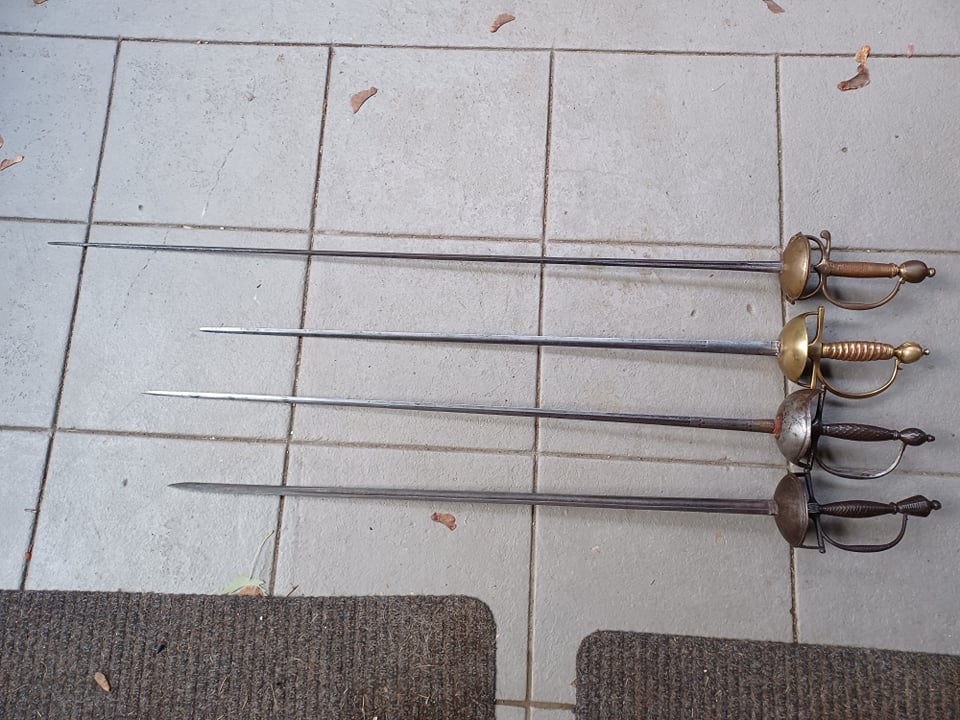As Jim says, for many officers or gentlemen, blade choice was a personal preference; there could be any number of reasons for an older blade to be mounted on a new hilt (reference the Andera Ferrara blades found on 19th-century hilts). Or for a newly made blade to follow an 'older' fashion.
As an example of the Colichmarde blade being used in the late 18th Century, this is a French m1767 Infantry Officers epee with one:

Such an example with a fairly precise date makes applying hard and fast rules difficult.
Here are some examples of smallswords made for the Spanish fencing style:


The first has an 88cm blade (from the cup), while the others all use so-called 'rapier' blades, probably dating from the mid-18th to late 18th Century. This goes some way to suggesting this type of blade was still being produced even that late. Going by the hilt style, the last two could be as late as the 1790 to 1810s.
Regarding the rules of duelling, a lot depends on the culture and time that the duel was set, and it would be difficult to infer anything from them without first accurately placing that sword in a specific time and place. I am reminded of the duel Abraham Lincon fought, where, as the challenged party, he got to set the rules of the duel. Because he had a significant height and reach advantage over his opponent, he stipulated that the duel be fought from each end of a plank. Negating his opponent's ability to hit him.
Not surprisingly, Abraham Lincon won the duel.